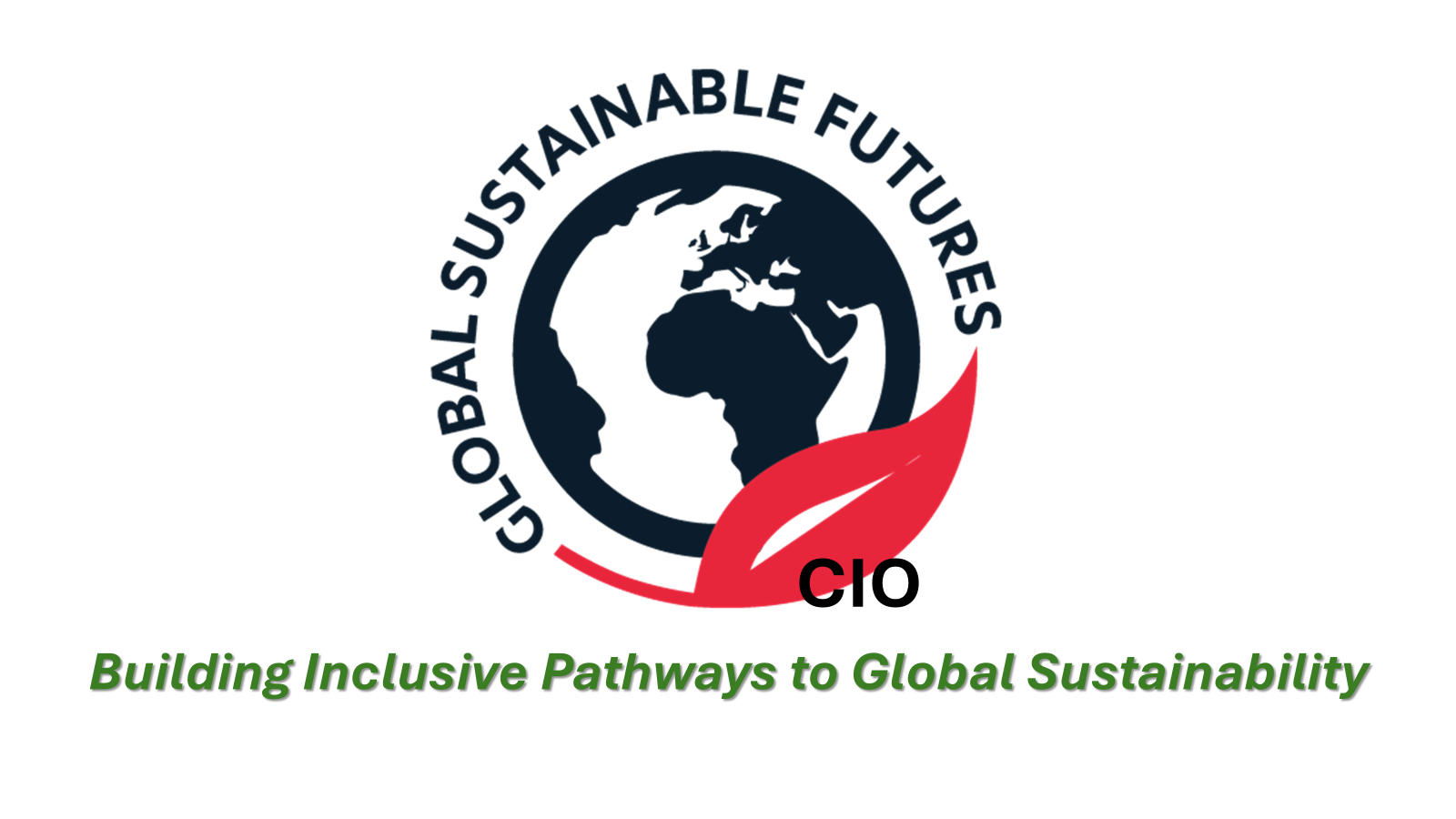Building Inclusive Pathways to Global Sustainability
Learning & Capacity-Building Strategy
Organisation’s Approach to Directing Topics of Learning to Relevant Disciplines
1. Needs Assessment
- Conduct participatory consultations with local communities, members, and stakeholders.
- Identify pressing challenges in climate change, biodiversity loss, sustainable agriculture, and livelihood resilience.
- Prioritise learning needs in green skills, innovation, and strategic climate adaptation.
2. Discipline Alignment
- Map identified needs to relevant disciplines (e.g., renewable energy skills → green technology; sustainable farming practices → agroecology; disaster preparedness → resilience planning).
- Ensure each learning topic is anchored to SDGs, national climate priorities, and the organisation’s mission.
3. Delivery Mechanisms
- Online Training Modules – accessible, structured courses on core topics.
- One-to-One Mentoring – personalised guidance to deepen practical skills.
- Hybrid Sessions – combining local workshops with global expertise.
- Peer Learning Circles – sharing lived experiences and innovative solutions.
4. Stakeholder Engagement
- Involve local delivery partners to co-design curriculum for cultural and contextual relevance.
- Engage enthusiastic stakeholders as co-facilitators, mentors, and guest experts.
- Build partnerships with universities, NGOs, and innovation hubs for knowledge exchange.
5. Monitoring & Continuous Improvement
- Collect feedback after each training session.
- Evaluate learning outcomes against set capacity-building goals.
- Adapt and refine training materials to evolving local and global needs.
Planned Topics of Learning (Examples)
Climate Change Strategies: adaptation planning, resilience building, carbon credit literacy, community-based mitigation.
Green Skills: renewable energy applications, sustainable agriculture, waste-to-resource innovations.
Innovation: digital tools for biodiversity monitoring, smart water management, and circular economy models.


